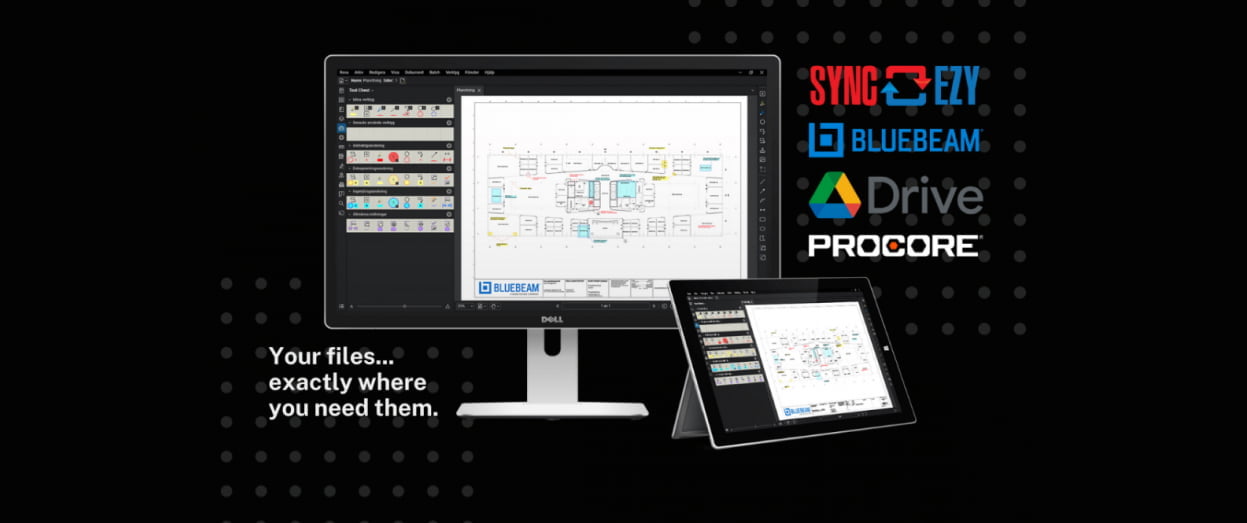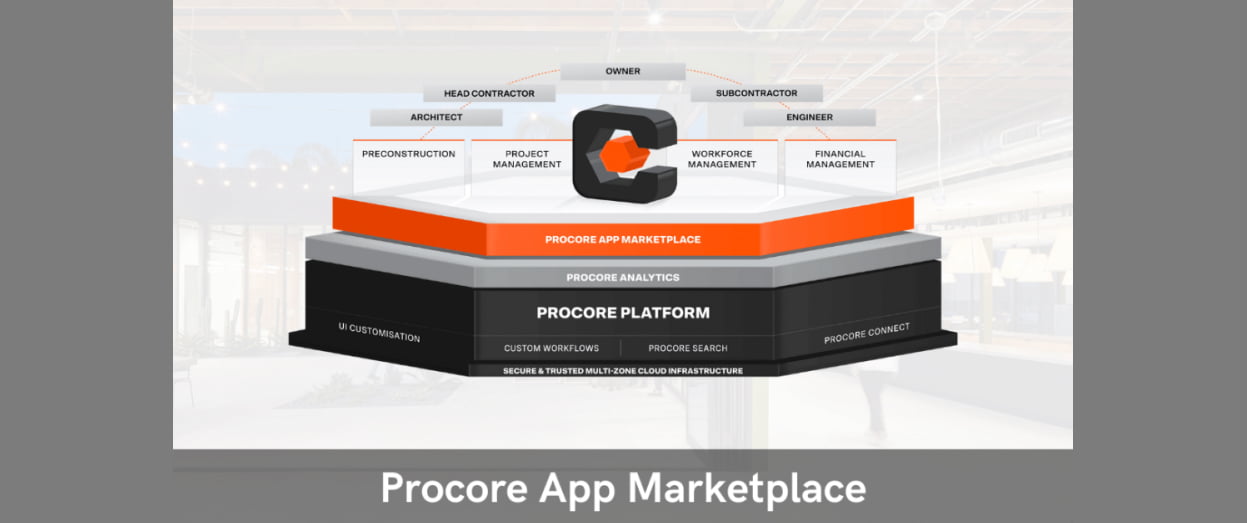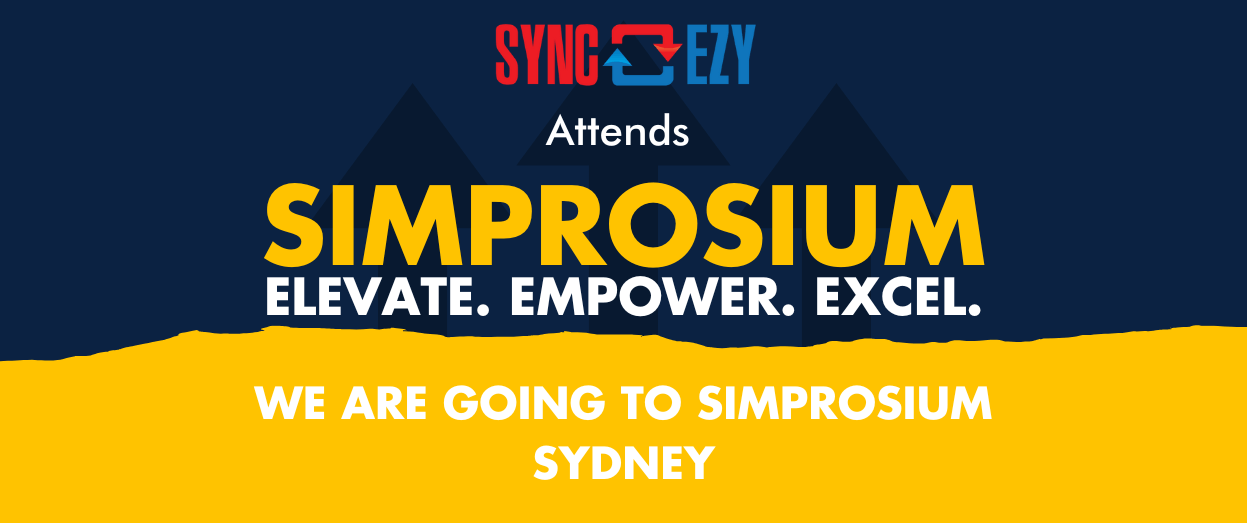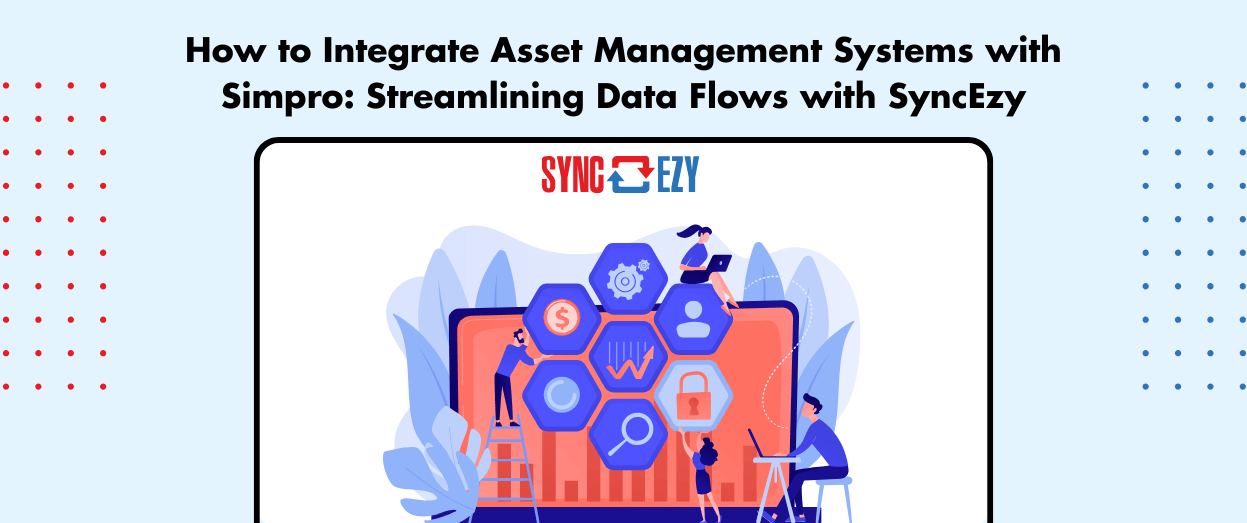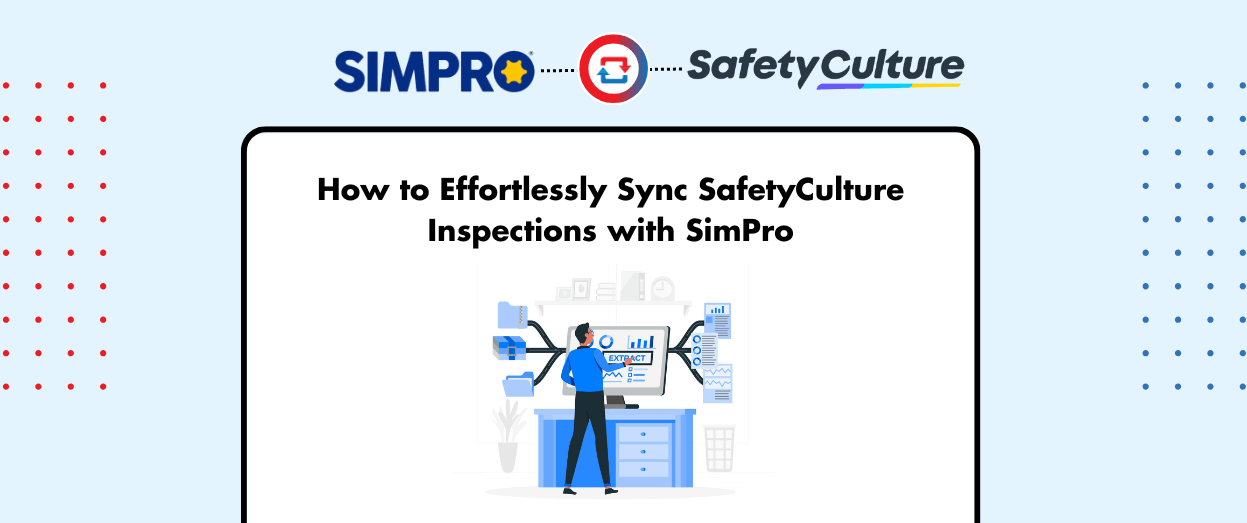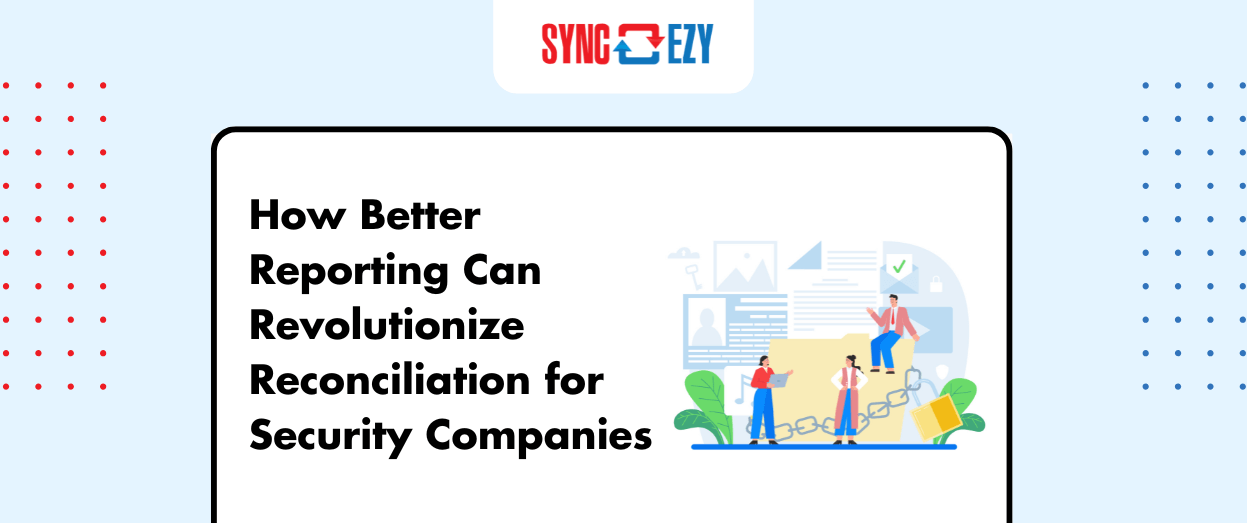
Hari Iyer | SyncEzy
CEO9 Min Read
Oct 10, 2022

Why you need a process for following up on sales quotes, and how to set one up.
Following up on sales quotes is an essential part of any business that sells products or services. It’s the first step in closing deals. If you don’t have a good system for following up on your sales, you could be missing out on opportunities. This article will show you why it’s important to follow up on sales quotes, what to do when you get them, and how to set up a system that works for you.
How To Follow Up On Sales Quotes: The First Step In Closing Deals
Sales quotes are the first step in closing a deal. They’re also the most common type of quote received by businesses. When someone contacts you about buying something from you, they usually send you a quote request form. You fill this out, sign it, and send it back with your contact information. The next thing the buyer does is call you or email you. At this point, you’ve already established yourself as a potential seller. Now you just need to close the sale. This is where Follow Up Sales Quote come into play. When you receive a quote request, you should immediately start thinking about ways to turn it into a sale.
Here are some things to consider:
- What can I offer?
- How much time am I willing to spend on this project?
- Is there anything else I can add to make this project more attractive?
- Do I want to work directly with this person, or would I rather hire another contractor?
- Can I find other people who might be interested in working on this project?
- Does my company have enough money to pay for this project?
- Will this project fit within our budget?
- Am I willing to negotiate?
- Do I have all the necessary equipment and materials to complete this job?
Questions to ask yourself before following up on a sales quote
- How close are they to buying?
- Are they evaluating competitors?
- Is email the best follow-up strategy?
- Are you speaking to the decision-maker?
- Should you follow up with a phone call?
- Do you need to provide additional documentation?
Setting Up A System For Following Up On Sales Quotes
Once you know which questions to ask, you need to decide how to answer them. There are two basic strategies for answering these questions:
- The “ask for the order” approach.
- The “offer to sell” approach.
Both approaches have their pros and cons. Let’s look at each one.
Ask For The Order Approach
If you use the Ask For The Order (AFO) approach, you simply wait until you hear from the customer again. Then you respond with a proposal based on the information you have.
Pros:
- No risk. Your only goal is to get a new order.
- You may not have to spend any extra time preparing for the conversation.
Cons:
- You won’t know exactly what kind of product or service the customer wants.
- The customer may change his mind between now and then.
Offer To Sell Approach
If you use Offer To Sell (OTS), you prepare a detailed proposal right away. You include everything you think the customer needs to see.
Pros:
- You can be sure you’ll have all the information you need to make a great proposal.
- You’ll have plenty of time to prepare.
Cons:
- You may end up spending too much time preparing.
- If you don’t do a good job preparing, you could lose the opportunity.
How To Use Both Approaches
You can combine both approaches. Here’s an example:
Step 1: Wait Until You Hear From Them Again > Step 2: Respond With An Email That Includes Everything You Think They Need To See > Step 3: Send Another Email After Waiting A Few Days > Step 4: Call And Make Sure They Actually Want To Buy
The key here is to keep your emails short and sweet. Don’t try to overwhelm the customer with tons of information. Instead, focus on just the most important points. When you send out your first email, you should also include a link that takes them to a page where they can download a copy of your proposal or view your proposal online. This way, they can read it over and over as many times as they like.
How to Use Sales Follow-up Emails
Follow-up emails are a powerful tool in your arsenal. They allow you to quickly check in with customers who haven’t responded to your initial contact.
Here’s how to write effective follow-up emails:
- Write a brief introduction.
- Tell the customer why you’re contacting him/her.
- Explain why you want to talk to him/her.
- State the main point you want to discuss.
- End by asking for permission to continue communicating.
Want to automate this step? We’re specialists at connecting field service software to CRM software and have connected Simpro to Salesforce, Simpro to Zoho CRM, Simpro to HubSpot and Simpro to Keap (previously Infusionsoft). We’ve also connected Simpro to Mailchimp and PropertyMe to Mailchimp. Using marketing automation software alongside your job management software means you can easily sync across lead & sales prospect information and then start an automated follow up campaign. An email campaign sent to potential clients with well-spaced emails that target your offering, objections, testimonials and product benefits can help you close more sales and stop wasting sales opportunities. Contact our sales team today to discuss how this has been set up for our clients.
How to Use Sales Call Scripts
Sales scripts are another useful tool. They let you practice your pitch before talking to a prospect.
Here’re some tips for writing effective sales scripts:
- Start with a clear objective.
- Include a summary statement.
- Be specific about what you’d like to accomplish.
- Keep it simple.
- Focus on benefits rather than features.
- Avoid using jargon.
- Practice your script aloud.
- Always thank the prospect for taking the time to speak with you.
- Close with a request for more information.
What is better for following up — email or phone?
Email is still the best way to communicate with prospects. However, if you’ve been trying hard to reach someone via phone but haven’t had success, you might consider calling again. Why? Because people tend to respond better when you call them. Also, there’s no harm in making one last attempt at reaching someone via phone. So, if you’re having trouble getting through to someone, give it one final shot. If you’re not successful, makes notes in your CRM then move on to the next person on your list.
I’m sure you’re familiar with the term “cold calling.” If not, it basically refers to reaching out to someone without having a relationship with them. Cold calls are important because they allow us to build relationships with people outside our networks. But how many cold calls do you make per day? How many times should you reach out to prospects?
The answer depends on what stage of the sales funnel you’re in. Let’s take a look at some scenarios:
Scenario #1: Prospecting vs. Sales
If you’re a lead generation specialist, you might be focused on generating leads. This could mean contacting hundreds of companies every day. As long as those contacts are qualified, you don’t really care about the number of times you contact them. However, once you identify a potential buyer, you’ll want to focus on building a relationship with them. In this scenario, you’ll want to keep making cold calls. Once you find a qualified lead, you’ll want to set up meetings with them. Then, you’ll want to continue following up with them via phone, email, etc., until you close the deal.
Scenario #2: Pipeline Management vs. Lead Generation
If you work in sales management, you may have a team that generates leads and then manages the pipeline. In this case, you need to establish a process for managing the flow of deals from lead generation to closing. You’ll want to assign each lead to an appropriate member of your team. You can also use tools such as Zoho CRM or Salesforce to track which members of your team are working on which deals. Once you’ve identified a qualified lead, you can start assigning it to a particular sales rep. The goal here is to ensure that everyone has enough time to close the deal. You’ll want to monitor the progress of each deal so that you know who needs help closing. And you’ll want to provide feedback to your reps so that they can improve their performance.
Scenario #3: Closing vs. Pipeline Management
This is similar to scenario #2, except that instead of focusing on managing the flow of deals, you’re focused on closing deals. As a result, you won’t need to manage the pipeline. Instead, you’ll simply need to identify qualified leads and close them. However, even though you won’t need to worry about managing the pipeline, you will still need to monitor the status of each deal. For example, you may want to check in with a prospect after 30 days to see whether they’re interested in buying or not. Or you may want to send an automated reminder to a prospect before the end of the month. These reminders will help you avoid losing deals. They’ll also help you develop a rapport with your clients.
What’s Next?
If you’re looking for a more automated way to follow-up on sales quotes, get in touch with our sales team to discuss connecting your field service software to a powerful CRM that has sales follow up capabilities.

